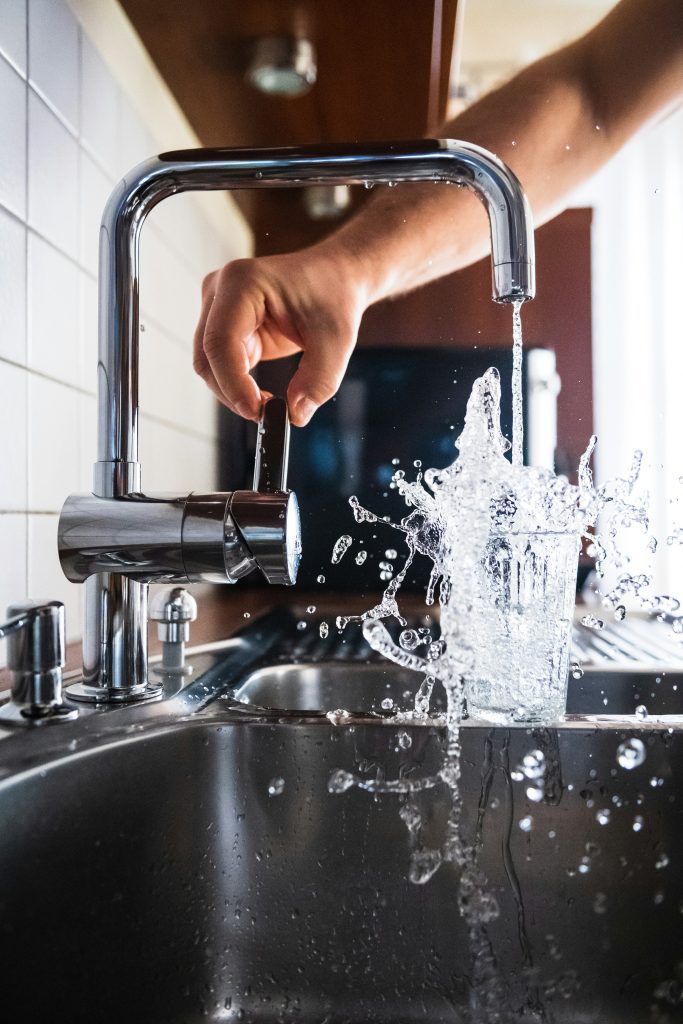
Have you ever found yourself staring at a puddle of water in your home, wondering if it's just a minor leak or a full-blown plumbing emergency? You're not alone! Understanding the nuances of plumbing issues is crucial for every homeowner. In this blog post, we’ll help you identify the difference between a leak and an emergency, and provide actionable steps to take in either scenario.
Understanding Plumbing Basics
What is a Plumbing Leak?
A plumbing leak is defined as any unintended escape of water from pipes, fixtures, or appliances. Common causes of leaks include aging pipes, corrosion, and high water pressure. These leaks can range from minor drips to significant water loss, leading to potential damage if not addressed promptly.
What Constitutes a Plumbing Emergency?
A plumbing emergency is a situation that requires immediate attention to prevent severe damage or health hazards. Examples include burst pipes, sewage backups, and major leaks that can cause flooding. Recognizing these emergencies can save you from costly repairs and health risks.
Identifying the Signs
Signs of a Minor Leak
-
Water Stains: Look for discoloration on walls or ceilings.
-
Dripping Sounds: Listen for persistent dripping noises in quiet areas.
-
Increased Water Bill: A sudden spike in your water bill without a change in usage can indicate a hidden leak.
Signs of a Plumbing Emergency
-
Sudden Loss of Water Pressure: A drastic drop in water pressure can signal a serious issue.
-
Rapid Water Pooling: If water is accumulating quickly in your home, it’s time to act.
-
Foul Odors: Unpleasant smells, especially those resembling sewage, can indicate a backup or leak.
Assessing the Situation
Quick Self-Assessment Checklist
-
Identify the Problem: What exactly is happening? Is it a leak, clog, or pressure issue?
-
Check Water Supply: Ensure the main water supply is functioning.
-
Inspect for Leaks: Look under sinks and around appliances for visible signs of water.
-
Examine Drains: Test for slow drainage or clogs.
-
Assess Water Pressure: Turn on multiple faucets to check for consistency.
When to Call a Professional
If you notice any signs of a plumbing emergency, such as rapid water pooling or sewage odors, it’s crucial to call a professional immediately. Acting quickly can prevent further damage and costly repairs.
Immediate Actions to Take
If It’s a Minor Leak
-
Temporary Fixes: Use duct tape or plumber's putty to seal small leaks.
-
Monitor the Situation: Keep an eye on the leak until a plumber can arrive.
If It’s a Plumbing Emergency
-
Shut Off the Water: Locate your emergency shut-off valve and turn it off to stop the flow of water.
-
Minimize Damage: Move furniture and valuables away from the affected area and use towels to soak up excess water.
Prevention Tips
Regular Maintenance
Routine plumbing inspections are essential. Homeowners should schedule these at least once a year to catch potential issues early. DIY maintenance tasks include checking for leaks, cleaning gutters, and monitoring water pressure.
Investing in Quality Plumbing
Using high-quality materials and fixtures can prevent future plumbing issues. Proper installation by a licensed professional ensures that your plumbing system functions efficiently and lasts longer.
Conclusion
Now that you know how to differentiate between a leak and a plumbing emergency, you can approach plumbing issues with confidence! Remember to regularly inspect your plumbing, act quickly in emergencies, and invest in quality materials. Taking these proactive steps can save you time, money, and stress in the long run.

